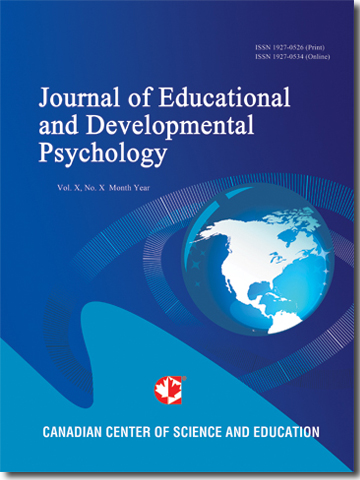Perceived Stress and Psychiatric Symptoms in Swedish Upper Secondary School Students
- Frida Thorsen
- Carl Antonson
- Jan Sundquist
- Kristina Sundquist
Abstract
Background: Previous studies in adolescents have rarely used validated questionnaires to assess stress and psychiatric symptoms. The first aim of this study, which was conducted in 2011, was to examine the prevalence and potential sex differences of perceived stress and psychiatric symptoms among Swedish upper secondary school students for comparison with Swedish reference populations from 1996 and 1998. The second aim was to examine the correlation between perceived stress and psychiatric symptoms in 2011. Methods: Perceived stress and psychiatric symptoms were measured in 194 Swedish students, aged 15-19 years, with the validated questionnaires Perceived Stress Scale (PSS-14) and Symptoms Checklist 90 (SCL-90). PSS-14 data were compared with data from the 1996 study. SCL-90 data were compared with a large Swedish reference sample from 1998. clinicaltrials.gov: NCT01457222. Results: Significantly higher PSS-14 scores (more stress) and Global Severity Index scores (from SCL-90) (more psychiatric symptoms) were found in both sexes compared with the reference groups. Although no sex difference was found in perceived stress, female students showed more psychiatric symptoms than male students. Perceived stress and psychiatric symptoms were well correlated (ρ=0.67). Conclusions: Using validated scales, this study shows that Swedish adolescents reported higher levels of perceived stress and psychiatric symptoms in 2011, in comparison with Swedish reference populations from 1996 and 1998. Girls reported more psychiatric symptoms than the boys. Future studies could examine which strategies are useful to help young people improve in coping with stress and to prevent associated psychiatric symptoms.
- Full Text:
 PDF
PDF
- DOI:10.5539/jedp.v6n2p183
Journal Metrics
(The data was calculated based on Google Scholar Citations)
1. Google-based Impact Factor (2021): 1.11
2. h-index (December 2021): 29
3. i10-index (December 2021): 87
4. h5-index (December 2021): N/A
5. h5-median (December 2021): N/A
Index
- Academic Journals Database
- CNKI Scholar
- Copyright Clearance Center
- CrossRef
- Elektronische Zeitschriftenbibliothek (EZB)
- EuroPub Database
- Excellence in Research for Australia (ERA)
- Harvard Library
- Jisc Library Hub Discover
- JournalSeek
- JournalTOCs
- LIVIVO (ZB MED)
- LOCKSS
- MIAR
- Open Access Journals Search Engine(OAJSE)
- PKP Open Archives Harvester
- Publons
- ROAD
- Scilit
- SHERPA/RoMEO
- Standard Periodical Directory
- Stanford Libraries
- Technische Informationsbibliothek (TIB)
- UCR Library
- UoB Library
- WorldCat
- Zeitschriften Daten Bank (ZDB)
Contact
- Carol WongEditorial Assistant
- jedp@ccsenet.org
